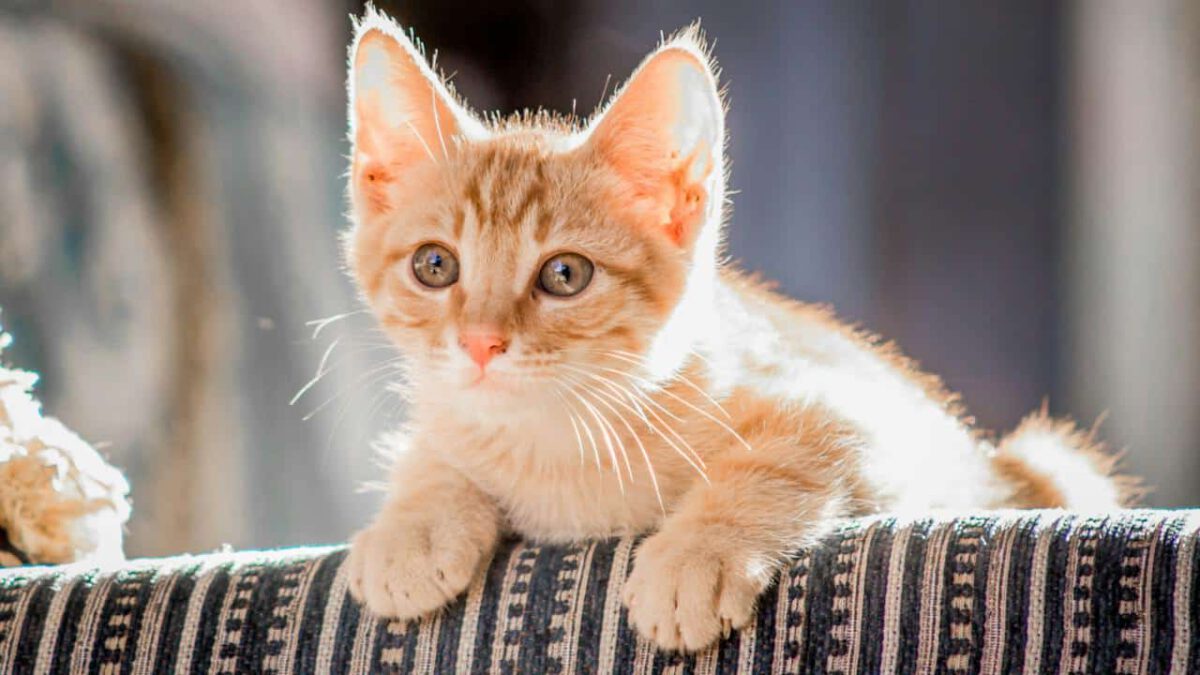Every cat owner knows that our feline friends can sometimes experience distress. As responsible pet owners, it is our duty to understand the signs and causes of a distressed cat and provide them with the support they need. In this comprehensive guide, we will explore the hidden signs of distress in cats and discover effective methods to help them feel more comfortable and at ease.
Signs of Cat Distress
Subtle Behavioral Changes
One of the key indicators of cat distress is subtle changes in behavior. Pay close attention to any alterations in your cat’s routine, such as increased hiding or avoidance of interaction. These subtle behavioral changes can provide valuable insight into your cat’s emotional well-being. By recognizing and addressing these signs, you can proactively support your cat’s overall happiness.
Vocal Cues
Your cat’s vocalizations can also indicate distress. Unusual sounds like excessive meowing or hissing may be signs that your cat is in distress. Understanding your cat’s unique communication patterns is essential for recognizing these vocal cues and addressing their emotional state effectively.
Changes in Grooming Habits
Monitor your cat’s grooming habits as they can also provide clues about their emotional state. Excessive grooming or neglecting their usual grooming routine may indicate potential distress. By observing these grooming cues, you can proactively address any discomfort your cat may be experiencing.
Common Causes of Feline Distress
Understanding the root causes of feline distress is crucial for providing targeted assistance and support. Some common causes include:
Environmental Changes
Cats are creatures of habit, and changes in their environment can trigger stress. Whether it’s a new home or rearranged furniture, these alterations can impact their well-being. Creating a cat-friendly environment, considering their communication cues, and implementing effective calming strategies can help reduce stress levels. In persistent cases of distress, seeking advice from a veterinary behaviorist is recommended.
Health Issues
Identifying underlying health problems is crucial for recognizing signs of distress in cats. Regular veterinary check-ups can help preserve and promote your cat’s overall health and well-being.
Social Stress
Cats are social animals, and conflicts with other pets or feelings of loneliness can contribute to distress. Creating a harmonious social environment becomes essential for managing social stress.
Recognizing Physical Symptoms
In addition to behavioral cues, physical symptoms can also provide insight into a cat’s distress. Changes in posture, aggressive behavior, and alterations in appetite may all be linked to stress. Monitoring these physical symptoms is important for managing their overall health.
Addressing Distress in Cats
Here are some strategies to help alleviate distress in cats:
Creating a Safe Space
Providing a designated secure area with comfortable bedding and familiar toys contributes to a cat’s sense of security.
Providing Enrichment Activities
Stimulating your cat’s mind with interactive toys and activities that mimic natural hunting instincts can aid in their mental well-being.
Maintaining a Consistent Routine
Cats thrive on routine, so keeping feeding, playtime, and sleep schedules consistent can provide a stable environment.
Handling Health-Related Distress
Regular health check-ups and monitoring for signs of illness are essential for early detection and addressing issues promptly. Administering medication, if needed, should be done in a stress-free environment.
Managing Social Stress
Understanding and managing social dynamics is crucial in a multi-pet household. Gradual introductions, promptly addressing conflicts, and providing social interaction can help manage social stress.
The Role of Communication
Understanding your cat’s communication cues is fundamental for addressing distress effectively. Responding appropriately to distress signals and incorporating calming techniques, such as pheromone diffusers, calming music, and gentle petting, can significantly reduce stress levels.
Creating a Secure Environment
Ensuring your home is a safe and secure space minimizes potential stressors.
When to Seek Professional Help
Sometimes, professional intervention is necessary. If distress persists despite your efforts or in cases of severe health issues, consulting with a veterinarian or veterinary behaviorist is recommended.
Conclusion
As responsible cat owners, it is our commitment to ensure the well-being and happiness of our feline companions. By understanding the signs and causes of distress and implementing appropriate interventions, we can strengthen the bond with our cats and create a fulfilling and harmonious life together. Remember, resolving feline distress takes time and patience, but the rewards are well worth it.
For more information and resources on caring for your cat, visit Pawsoha.
Frequently Asked Questions (FAQs)
What are common signs of a distressed cat?
Common signs include changes in behavior, vocalizations, and alterations in grooming habits.
How can I differentiate between normal behavior and distress?
Pay attention to changes in routine, appetite, and social interactions. Any significant deviation may indicate distress.
Are there specific breeds more prone to distress?
While individual temperament varies, certain breeds may be more sensitive to environmental changes.
Can playing with my cat alleviate distress?
Yes, interactive play provides mental stimulation and strengthens the bond between you and your cat.
How long does a cat take to adapt to a different situation?
Adjustment times vary, but maintaining a consistent routine can expedite the adaptation process.

